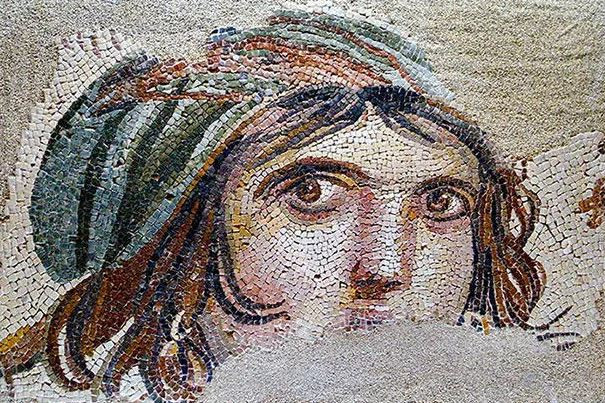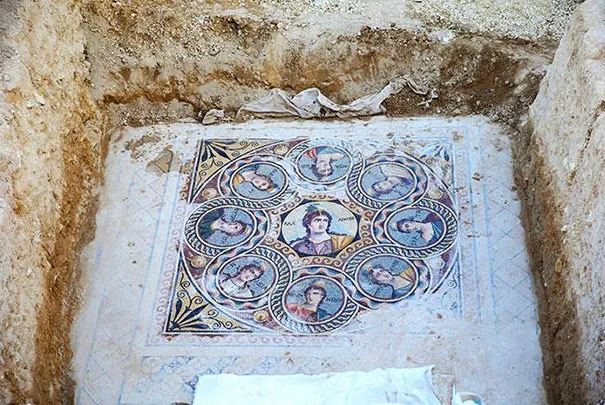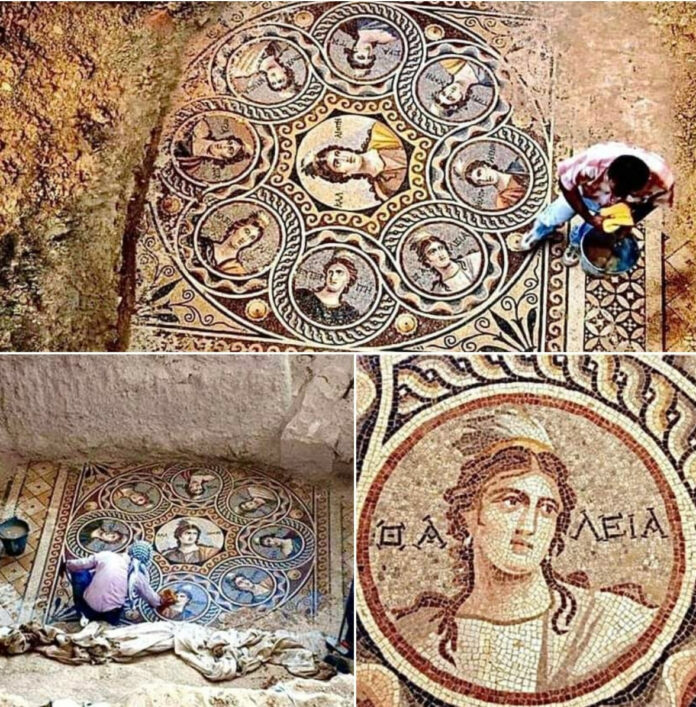A Glimpse into the Hellenistic Era

In a remarkable archaeological breakthrough, a team led by Kutalmış Görkay has uncovered three exquisitely preserved glass mosaics dating back to the 2nd century BC in the ancient city of Zeugma, Turkey. This discovery offers an unprecedented look into the artistic brilliance of the Hellenistic period.

A City of Historical Significance

Zeugma, originally named “Seleucia” by its Greek founders in the third century BC, later fell under Roman rule in 64 BC. The Romans renamed it Zeugma, meaning “bridge” or “crossing” in ancient Greek, a name it retained until the Persians captured the city in 253 AD.
Mosaics of Mythological Splendor

The unearthed mosaics feature intricate depictions of Greek mythological figures:
- Oceanus and Tethys, divine personifications of the sea and world waters

- Thalia, the Muse of comedy and idyllic poetry

- Poseidon, god of the sea, riding his war chariot

Görkay emphasized the unique nature of these artworks, stating, “These mosaics were a product of the patron’s vivid imagination, far from simply selecting from a catalog.”
Race Against Time
Recognizing the historical importance of these mosaics, the archaeological team worked swiftly to excavate, protect, and preserve these priceless relics. Their efforts have ensured that these masterpieces, hidden for millennia, can now be appreciated by the world.

This discovery not only showcases the wealth and artistic grandeur of ancient Zeugma but also provides invaluable insights into the cultural and artistic practices of the Hellenistic and Roman periods in this region.

